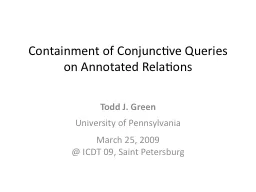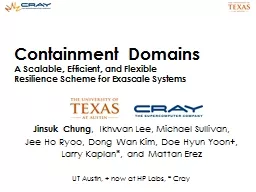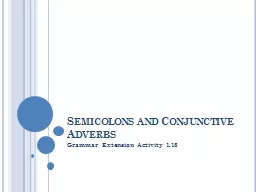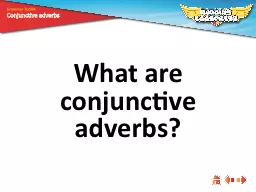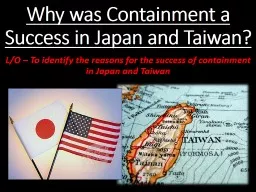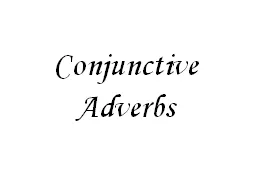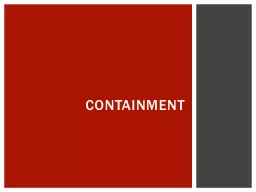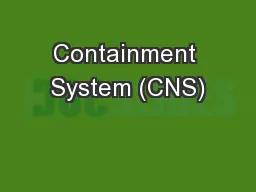PPT-Containment of Conjunctive Queries on Annotated Relations
Author : danika-pritchard | Published Date : 2017-05-03
Todd J Green University of Pennsylvania March 25 2009 ICDT 09 Saint Petersburg The Need for Data Provenance Many new database applications must track where data
Presentation Embed Code
Download Presentation
Download Presentation The PPT/PDF document "Containment of Conjunctive Queries on An..." is the property of its rightful owner. Permission is granted to download and print the materials on this website for personal, non-commercial use only, and to display it on your personal computer provided you do not modify the materials and that you retain all copyright notices contained in the materials. By downloading content from our website, you accept the terms of this agreement.
Containment of Conjunctive Queries on Annotated Relations: Transcript
Download Rules Of Document
"Containment of Conjunctive Queries on Annotated Relations"The content belongs to its owner. You may download and print it for personal use, without modification, and keep all copyright notices. By downloading, you agree to these terms.
Related Documents

